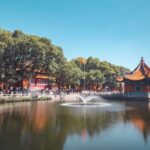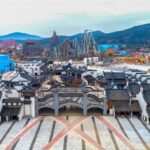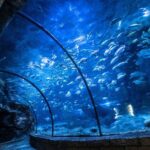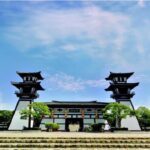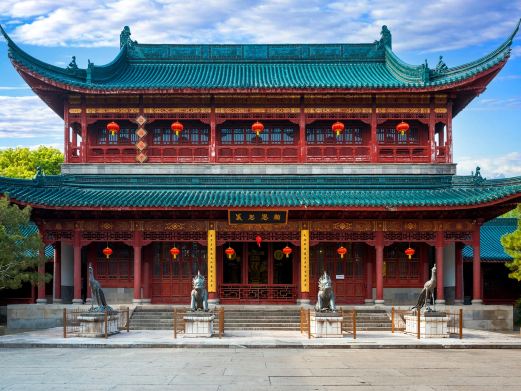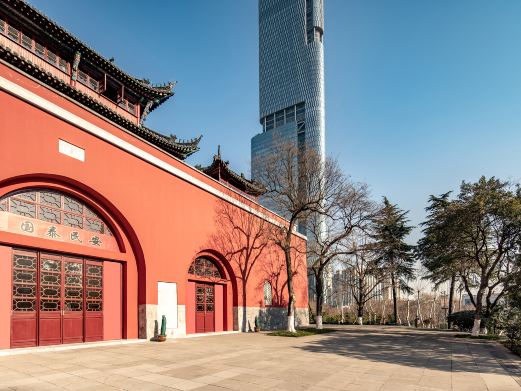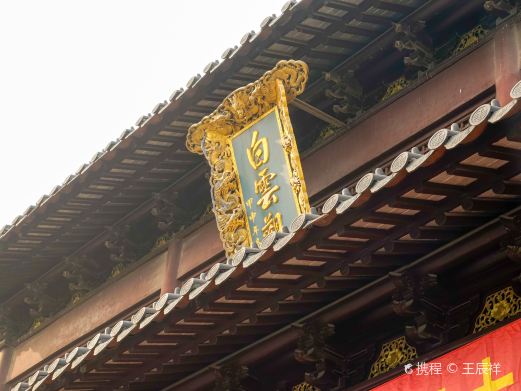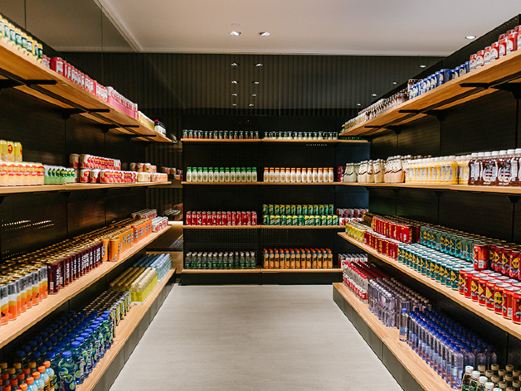Jinshan Temple, also known as Jiangtian Zen Temple, is located on Jinshan Mountain with an altitude of 43.7 meters northwest of Zhenjiang City. It is the main scenic spot of Jinshan Mountain and is only 3 kilometers away from the center of Zhenjiang City. Originally, the temple stood in the center of the Yangtze River together with Jinshan Mountain. Later, the Yangtze River shifted northward. At the end of the Guangxu period of the Qing Dynasty, the temple was connected to the land on the south together with Jinshan Mountain.
Jinshan Temple was built in the Daxing period of Emperor Yuan of the Eastern Jin Dynasty (around 320 AD). In the fourth year of Tianjian of the Liang Dynasty (505 AD), Emperor Wu of the Liang Dynasty presided over the Shuilu Dharma Assembly here, so Jinshan Temple became the birthplace of the Shuilu Dharma Assembly. All the halls and pavilions of the temple are built according to the mountain. Looking at Jinshan from a distance, only the temple can be seen but not the mountain. There is a saying that ‘Jinshan Temple wraps the mountain’. What attracts people to Jinshan Temple are many folk tales. The story of Lady White Snake flooding Jinshan all happened here. The mountain gate of the temple faces west. The process of visiting the temple is also the process of climbing Jinshan. The main buildings are distributed from east to west. From east to west, they are the mountain gate, the Mahavira Hall, and the Sutra Depository. The four characters ‘Jiangtian Zen Temple’ on the plaque of the mountain gate. Around the Mahavira Hall are carved white stone pillars, and the top is covered with golden glazed tiles. It is particularly conspicuous among the surrounding black and cyan roofs and is very magnificent. Going up from the Mahavira Hall is to reach the top of Jinshan. There are scenic spots such as Miaogaotai for enjoying the moon and Xizhao Pavilion. And the Guanyin Pavilion mentioned in many online articles and travel notes that contains the ‘treasures that guard the mountain’ of Jinshan. The ‘four treasures’ including the Zhou tripod, the bronze drum of the Eastern Han Dynasty, and the painting of Jinshan by Wen Zhengming are not visible to ordinary tourists at all. In the Guanyin Pavilion, there are nothing but some statues of Bodhisattvas on display. There are two good places for enjoying the view from a high place in Jinshan Temple. One is Cishou Pagoda not far from the Guanyin Pavilion. It was built in the Qi and Liang dynasties more than 1,400 years ago. The tower we see now is a rebuilt one. Under the tower is engraved with the congratulatory message ‘as old as heaven and earth’. The tower is seven stories high. Standing on the top of the tower, you can overlook the entire Jinshan Temple. Looking southwest, you can see the super-large ‘Zen’ character made of greenery in Jingtian Garden. Looking west, you can see the Runyang Bridge on the Yangtze River. Looking north, you can see Jinshan Lake. The scene of Lady White Snake flooding Jinshan in the story seems to be vaguely felt. The other is Liuyun Pavilion at the top of Jinshan Mountain, also known as Jiangtian Yilan Pavilion. Fahai Cave is also on the mountain, in a corner northwest of Cishou Pagoda. It is a naturally formed stone cave. Fahai, the founder of Jinshan Temple who really existed in history, once practiced asceticism in the cave. There is a statue of Fahai enshrined in the cave. This eminent monk is highly respected. In fact, the negative image of Fahai in ‘The Legend of the White Snake’ was created by later generations. After seeing these scenic spots, you can go down the mountain and walk around to the north side of Jinshan and at the foot of the back mountain. Near the Yudai Bridge built in imitation of a jade belt, there is a White Dragon Cave. Near the cave entrance, there are statues of Xiaoqing and Lady White Snake. Inside the cave, there is a very thin and long stone crack that people cannot pass through. It is said that it leads all the way to the West Lake in Hangzhou. In those days, Lady White Snake turned into a snake and ran away from here.Located at the foot of the mountain and facing the lake, there is an imperial dock. Jinshan Temple is a thriving place of worship, with a constant stream of visitors seeking blessings. Every year on December 31st, a grand bell-ringing ceremony for blessings is held on the Buddhist square in front of the temple gate. The square comes alive with cultural performances, and at midnight, the bronze bell is struck, with visitors praying for peace and good fortune in the coming year.

For those interested in vegetarian meals, there is a restaurant named ‘Fo Yin Ju Vegetarian Restaurant’ located in front of the temple gate. You order and pay downstairs, and dine upstairs, where dishes are served in individual plates, and rice is also available for purchase, though it is quite generous in quantity.

The temple is open all year round from 08:00 to 16:00. Parking facilities are available at the Jinshan Park Parking Lot, which is located next to the Jinshan Park ticket center. The parking lot has a capacity of 100 spaces and charges a fee for parking.


